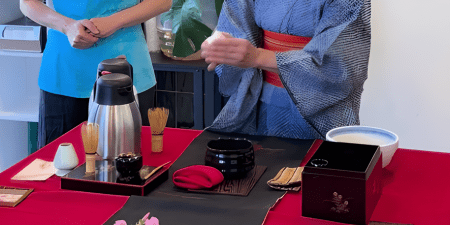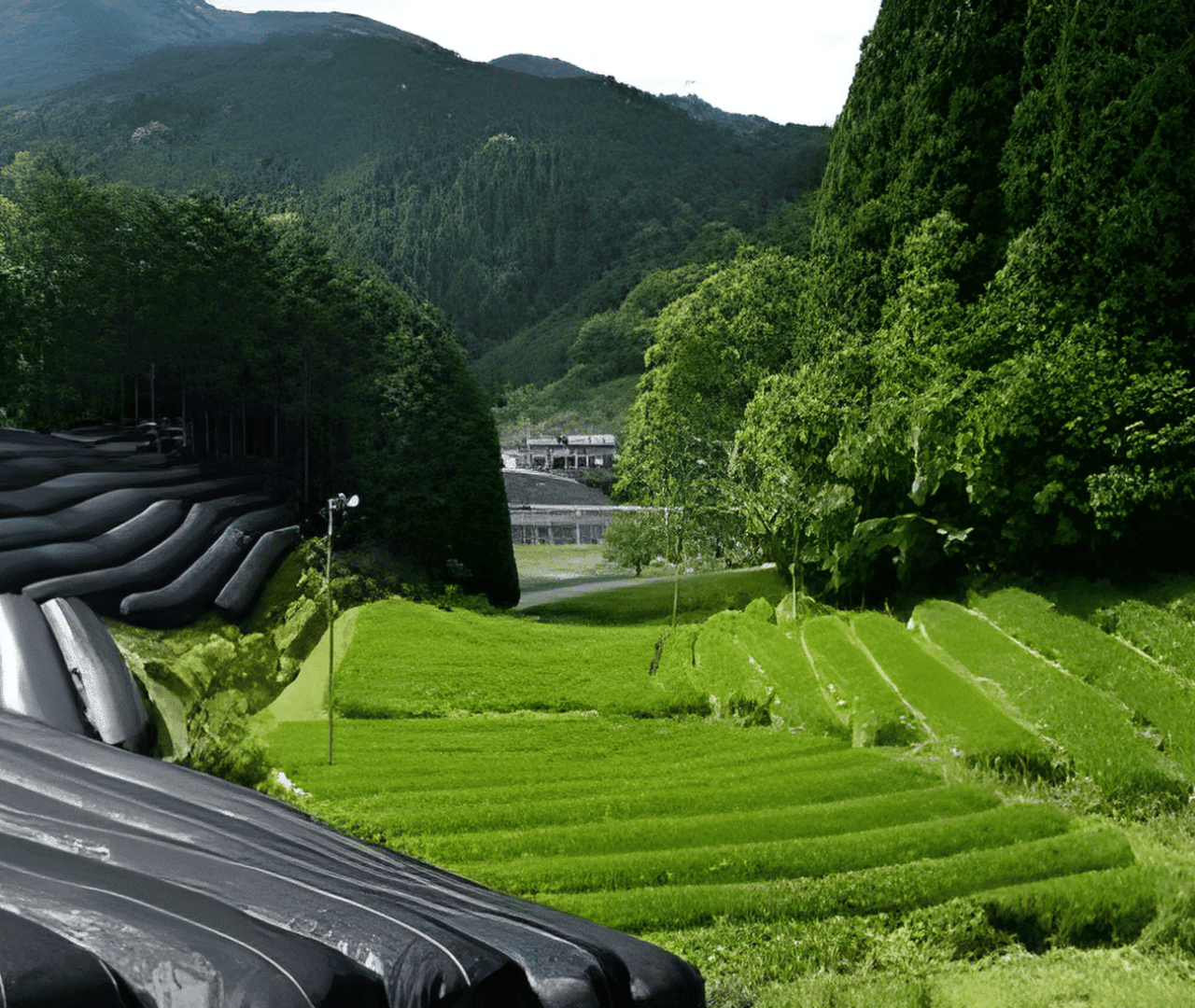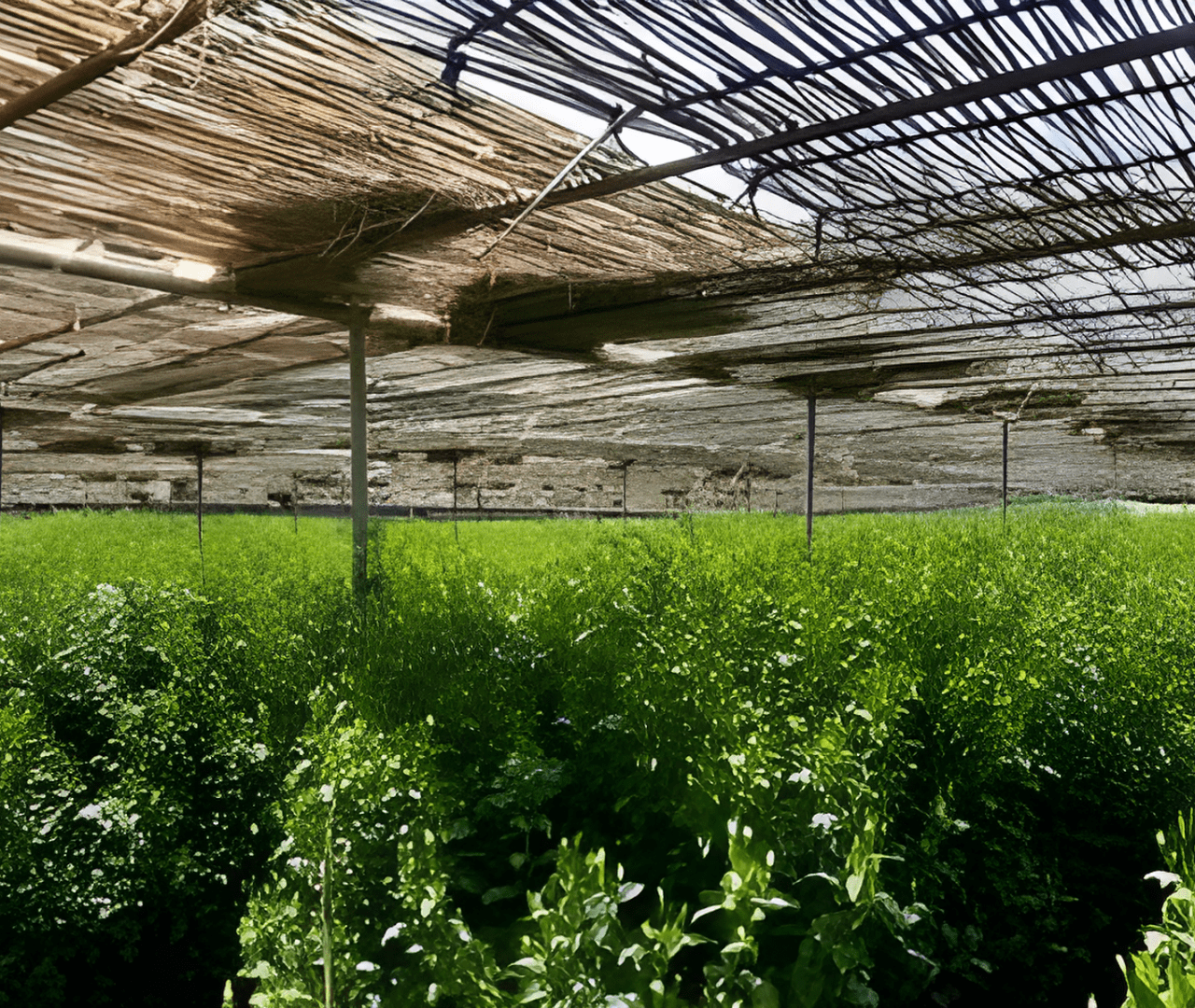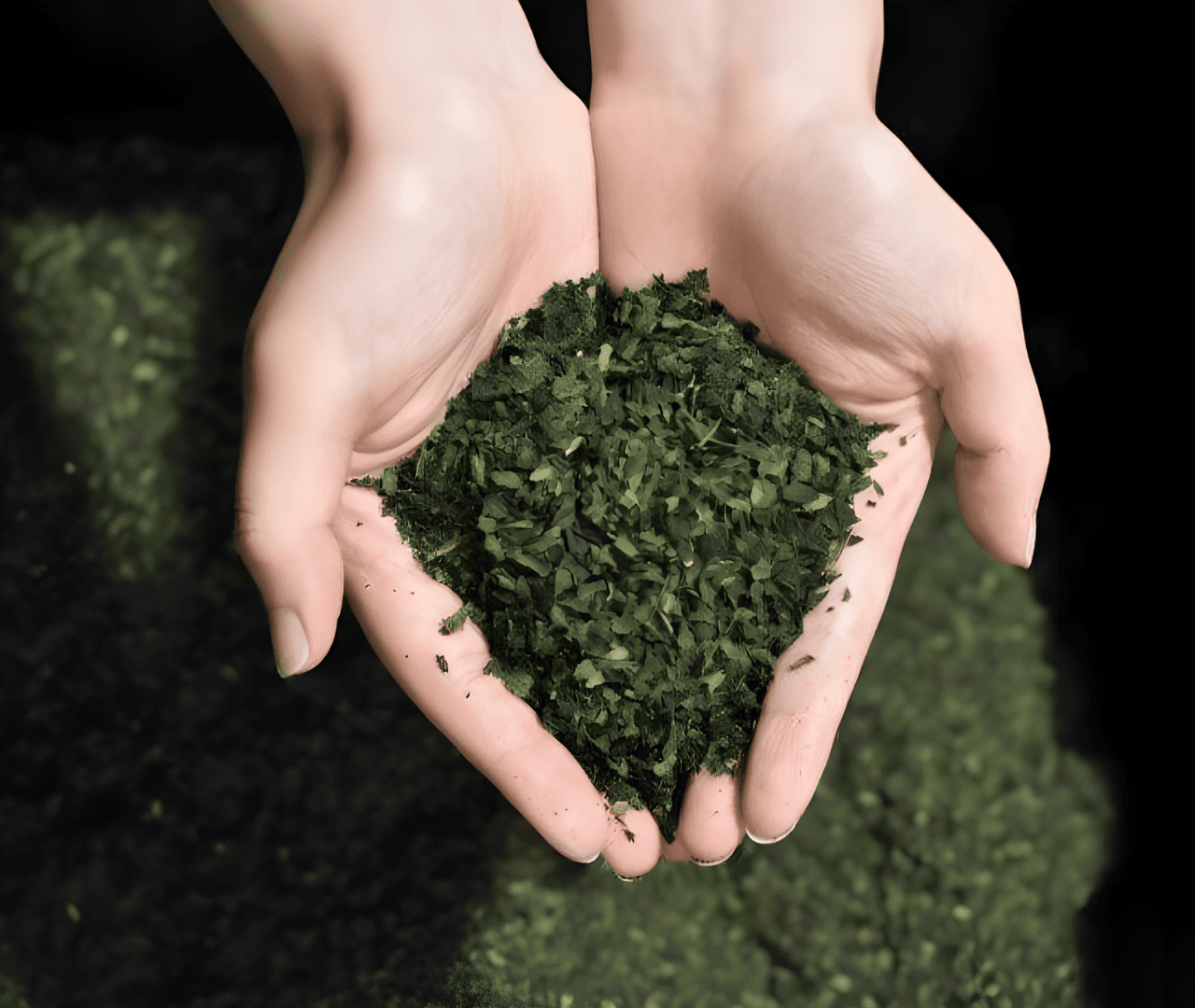The History of Matcha
The history of Japanese tea dates back about 1200 years. The origins of matcha can be traced all the way back to the Tang Dynasty (618-907 AD) in China. During that time, tea became a popular drink, consumed as a refreshing beverage, and the leaves were soaked and pressed into tea bricks. benefits. During the Song Dynasty (960-1279 AD), tea bricks were gradually replaced with tea powder and other ingredients were increasingly added to create different flavors. Let’s discuss the history and development of Japanese tea during few key periods.
Heian Period (794-1185)
During the Heian period, monks such as Saicho and Kukai who had been studying in China brought back tea seeds, initiating the propagation of tea culture in Japan and the long-term development of Japanese tea culture. Tea at this time was very precious and only a select few from the clergy and nobility could enjoy it.
Kamakura Period (1185-1333)
Eisai, a Japanese Buddhist Monk, spent the better part of his life studying Buddhism in China. In 1191, Eisai returned permanently to Japan, bringing with him tea seeds along with the Zen Buddhist methods of preparing powdered green tea. He planted these seeds and started promoting the medicinal benefits of tea, which attributed to the Buddhist tradition’s reverence for the drink. Eisai first planted the tea seeds in Kyushu. Later he gave seeds to Myoe, a high-ranking monk, who planted the tea seeds at his temple, Kozanji, in Tagano-o, a former town in the northwest of Kyoto. During the Kamakura period, tea culture was promoted among samurais.
Muromachi Period (1336–1573)
During the Muromachi period, tea competitions begun where tea was judged based on its place of origin. Monk Myoe chose a foggy village called Uji located in the south of Kyoto to plant tea seeds. The tea cultivated on the banks of the Uji River is called Uji-cha and benefitted from the rich soil and high quality water of the region. Soon, Uji, considered the highest-ranking tea producing area in Japan, became well known for its superior quality Uji-cha. During the shogun Ashikaga Yoshimitsu (1358-1408) time period, the cultivation of tea was also undergoing a transformation in Uji. The technique of covering young tea buds to improve their flavor began, and the quality of the tea was steadily improved through careful processing.
Azuchi-Momoyama Period (1573–1603)
In the Azuchi-Momoyama period, lavish tea competitions and parties were replaced by a tea-drinking style called Wabi-cha, a style of Japanese tea ceremony particularly associated with Sen no Rikyu. Sen Rimyu, a tea master originating from the merchant town of Sakai in Osaka, became the leading figure in the world of tea. He streamlined the utensils used in tea and created a set of procedures for the preparation of tea. Sen Rikyu’s subdued aesthetics combined with the formulated ways of preparing and partaking of tea eventually determined the style of tea that now exist in Chanoyu Yu (a tea ritual) today. The concept of Wabi-cha involves creating an elegant and tranquil tea atmosphere to achieve spiritual elevation, marking the beginning of the modern “tea ceremony”. He codified rules for the tea ceremony that are still followed today. These include principles such as simplicity, directness, and honesty. This period marked the golden age of matcha, with several tea schools being established.
Edo Period (1603–1868)
In this era, tea drinking was not limited to samurais and nobility, but also reached the general public. The “Uji method” developed in Uji Tanigawara-cho, Kyoto became very popular due to the delicious and fragrant tea it produced.
Meiji Period (1868–1912)
During the Meiji period when power was returned from the shogunate to the Emperor, Japan’s last shogun, Tokugawa Yoshinobu, relocated to Shizuoka and turned wasteland into tea plantations. Farmers have been cultivating tea there for generations, and Shizuoka Prefecture is now a representative tea production area in Japan.
Health Benefits of Matcha
✔ High in Antioxidants:
Matcha is rich in antioxidants, specifically catechins, which are believed to act as natural health protectors. They help to stabilize harmful free radicals that can damage cells and cause chronic disease.
Matcha is grown in the shade. When the leaves are harvested, the catechin content is lower than in other types of green tea. However, when you dissolved in water, it produces 3 times more.
Including matcha in your diet could increase your antioxidant intake, which may help prevent cell damage and lower your risk of several chronic diseases.
✔ Boosts Brain Function:
Some research suggests that the caffeine and L-theanine in matcha can improve brain function, enhancing alertness, memory, and focus without the jittery side effects of coffee.
Matcha has a higher concentration of caffeine than green tea. Depending on the type, brand, and processing, green tea tends to contain around 11–25 milligrams per gram (mg/g), while matcha contains 19–44 mg /g.
Matcha also contains a compound called L-theanine which alters the effects of caffeine, promoting alertness and helping avoid the crash in energy levels that can follow caffeine consumption
✔ May Support Heart Health:
The antioxidants found in matcha may also help protect the health of your heart by reducing bad LDL cholesterol and preventing the oxidation of LDL, which is a contributing factor to heart disease.
✔ May Aid Weight Loss:
Matcha is often used as an ingredient in weight loss supplements because it may boost metabolism, increase fat burning, and reduce the growth of new fat cells.
✔ May help to prevent cancer:
Matcha contains some compounds that have been linked to cancer prevention in test tubes and animal studies.
For instance, matcha is high in epigallocatechin-3-gallate (EGCG), a type of catechin that may have powerful anti-cancer properties.
✔ Boosts Energy:
Due to its balanced combination of caffeine and L-theanine, matcha provides a gradual release of energy without the sudden spikes and crashes associated with other caffeine sources.
✔ Rich in Chlorophyll:
Matcha is high in chlorophyll, which aids the body’s detoxification processes by removing chemicals and metals.
Grades of Matcha

Ceremonial Grade
This is the highest quality used primarily in tea ceremonies and Buddhist temples. It’s made from the youngest tea leaves, with the stems and veins entirely removed. The leaves are stone-ground, which produces the fine powder. It’s vibrant green in color and has a delicately sweet, smooth flavor without bitterness.

Culinary Grade
This grade is meant for cooking and blending in foods and beverages like smoothies or lattes. It’s still higher quality than your average ‘green tea,’ but not as refined as the ceremonial. This matcha is made from older tea leaves and can be slightly more bitter, but this is often masked if used in cooking or drinks.




